
Building Tomorrow:
The Revolution of
3D Printed Homes
by Ali Talanehzar
Welcome to your premier destination for everything 3D printed homes! Here, we explore the cutting-edge world of 3D printing in construction, offering insights into the latest projects and technological advancements and how this innovative method paves the way for sustainable and affordable housing. Join us in advocating for a greener future, learning about the technology, and engaging with a community passionate about transforming how we think about home building.
Innovative
3D home printing is leading the way in construction innovation, providing exceptional design flexibility and customization. This technology enables the construction of structures that were previously unattainable or too costly using traditional methods. From intricate architectural details to optimized living spaces, 3D printing gives architects and designers the ability to explore new levels of creativity and functionality.
The Use of 3D Printing in House Construction
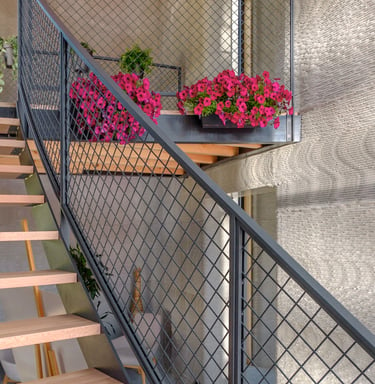

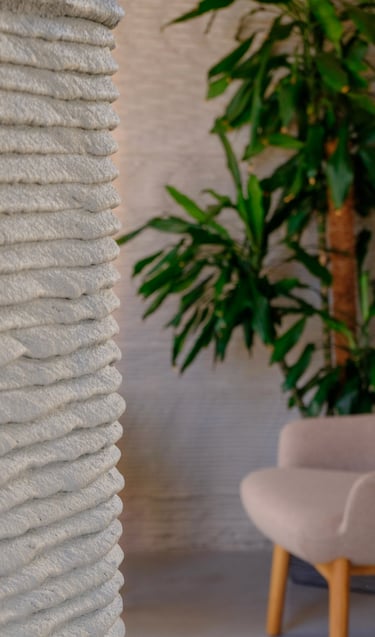


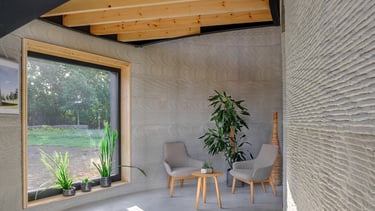
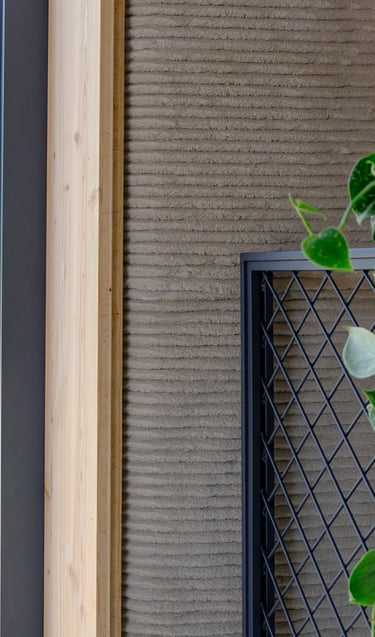

SUSTAINABLE
3D-printed houses are at the forefront of the movement towards a more eco-friendly approach to construction. This cutting-edge technology minimizes material waste and employs environmentally friendly materials like bioplastics, aligning with sustainable construction practices. The precision of 3D printing guarantees that only the exact amount of material is utilized, thus reducing the environmental impact of new construction projects and contributing to a healthier planet for future generations.
Affordable
The accessibility of 3D-printed homes is transforming the real estate market, expanding the opportunity for homeownership to a broader range of people. By reducing labour expenses and accelerating construction timelines, 3D printing technology presents an economical option for constructing top-notch homes. This effectiveness reduces expenses for prospective homeowners, meeting the worldwide demand for inexpensive housing solutions.
Efficient
3D-printed construction is known for its efficiency, as it can complete homes at a faster pace than traditional methods. This rapid construction not only allows for quick occupancy but also helps to shorten the overall construction timeline, leading to reduced building costs. Additionally, the automated process minimizes human error, ensuring a high level of precision and quality in the end result. As technology advances, 3D-printed homes are expected to become even more efficient, bringing about further changes in the construction industry.
Build your own dreams
3D printing technology is transforming the construction sector, with the introduction of a machine capable of performing various tasks traditionally carried out by construction workers. This machine meticulously deposits concrete in layers, enabling the construction of four square meters of wall per hour. Such impressive efficiency is exemplified in the construction of Europe's largest 3D-printed building - an innovative industrial structure without windows, managed by Shike from Nigeria. Shike, who has received education in Germany, praises the rapid advancements made in this project.
The project utilizes a silo with enough concrete for two days, which is transported through a hose to a nozzle that moves along a predetermined track. This approach provides quicker results compared to traditional methods, reduces material usage, requires fewer workers, and keeps the construction site cleaner. With only three workers required for operation, the environment at the construction site is noticeably more relaxed than in traditional setups. This team operates the printer, supervises the mixing machine, and oversees the construction process to ensure smooth operations.

The process of constructing the building begins with an architect creating the design and assessing its practicality, which leads to the creation of a step file. This file is then segmented into layers to produce a G-code, which contains precise directions for the 3D printer to carry out the construction process. The use of a BOD2 3D printer from the Danish company Kobod marks a significant advancement in construction technology, as it incorporates steel beams to improve the building's structural integrity.
Architect Jan Falkman has designed a groundbreaking structure that currently stands as the most prominent and tallest 3D-printed building. This achievement was made possible through the innovative use of materials and construction methods, along with the use of open software options that allow for extensive experimentation in architectural designs. The project was initiated by a real estate agent seeking out innovative and profitable construction methods. Although it represents a significant investment, it has the potential to shape the future of 3D printing in the construction industry.
Although occasional manual adjustments may be necessary, those involved in the project are in consensus: the future of construction is centered around 3D printing. This technology is swiftly transitioning from experimental to commercial use, with more construction contracts embracing this groundbreaking approach. As the industry advances, 3D printing has the potential to introduce new opportunities in design, efficiency, and sustainability in construction.
Stay Up-to-Date With the 3D printing industry
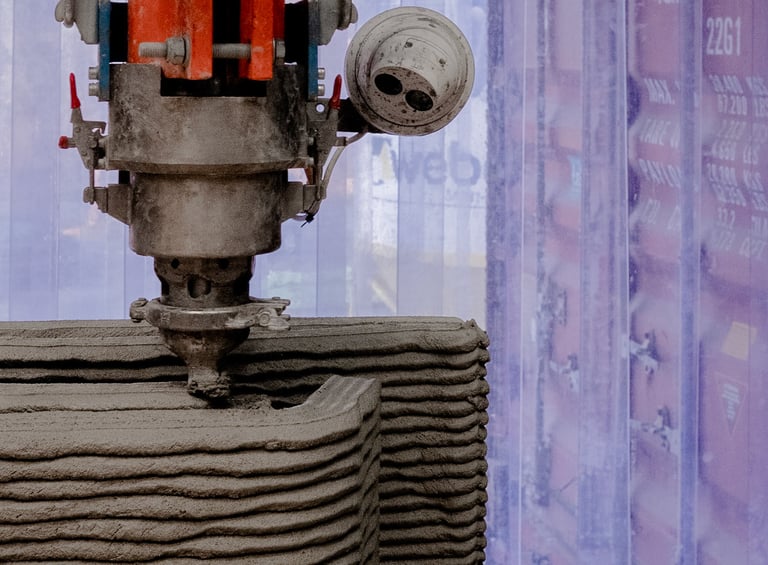


Using his extensive knowledge of global business dynamics, Ali Talanehzar strategically leads Premier Capital & Construction into the forefront of the 3D home printing revolution by forming meaningful connections in China and Europe. In China, he takes advantage of the region's advanced printing techniques, while in Europe, he partners with the continent's emphasis on sustainable and eco-friendly building practices. These international efforts not only improve Premier Capital & Construction's technological and sustainable construction abilities but also demonstrate Ali's forward-thinking strategy by integrating innovative construction methods with environmental responsibility, establishing the company as a leader in the future of the global construction industry.


